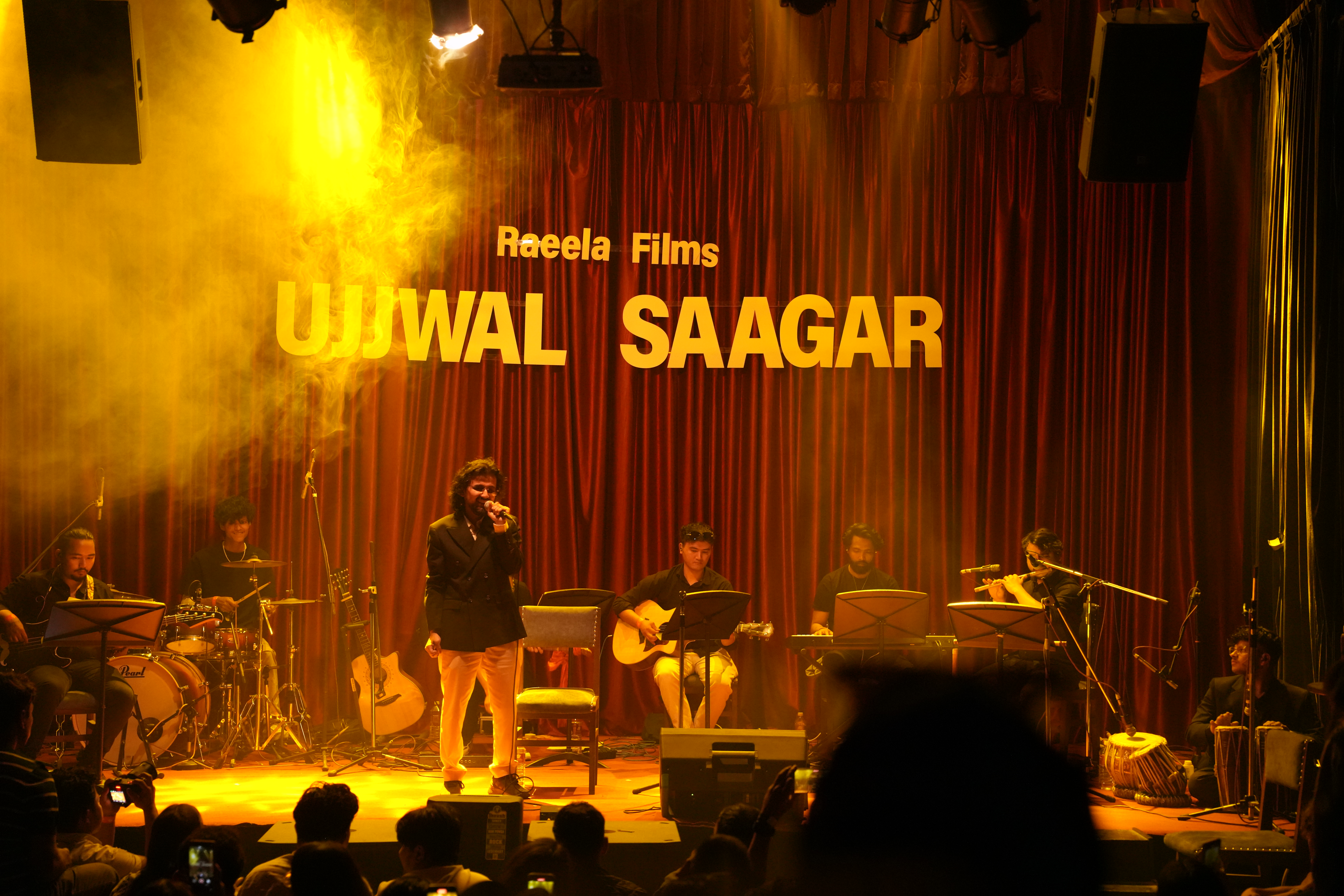
Bollywood, like many film and entertainment industries, has its fair share of movies that perpetuate troubling gender dynamics. Be it Arjun Reddy, Pushpa, or Kabir Singh; they all sparked heightened criticism for the depiction of toxic masculinity and justifying violence in relationships as a sign of passion.
The movie Animal, directed by Sandeep Reddy Vanga showed even more intensity and violence than its predecessor, Kabir Singh.
Addressing the portrayal of sexism and misogyny in films like Animal is crucial, especially when these movies achieve commercial success. Examining how these depictions contribute to hyper-masculine toxicity is an important step toward understanding their impact on societal norms.
It is not just about the films themselves, but also about the messages they send and how they shape perceptions, attitudes, and behaviours, especially among younger audiences.
The trend of hyper-masculine toxicity in Bollywood
Hyper-masculine toxicity refers to an exaggerated or extreme form of masculinity that promotes and perpetuates harmful behaviours, attitudes, and traits often associated with traditional stereotypes of masculinity.
It encompasses a set of societal expectations and behaviours that can be detrimental both to individuals and society. The concept of hegemonic masculinities being analysed at multiple levels — local, regional, and global — provides a comprehensive framework for understanding how these notions are constructed and perpetuated across various social spheres.
The local level involves the construction of masculinity in everyday interactions within families, workplaces, communities, and social circles. It encompasses the norms, behaviours, and expectations of masculinity that are shaped within smaller, immediate contexts.
At the regional level, masculinity is constructed within broader cultural or national contexts. It involves examining masculinity as it is portrayed and reinforced through cultural practices, political discourses, media representations, and demographic research within a particular region or country.
For instance, cultural norms, media portrayals, and political ideologies contribute to shaping regional perceptions of masculinity. The global level considers the construction of masculinity in transnational or global arenas, including world politics, business, and media.
It examines how global trends, transnational corporations, movies, and international power dynamics influence masculinity. The portrayal of masculinity in global media, the entertainment industry, the influence of multinational corporations on gender perceptions, and the impact of global politics on gender norms fall within this sphere.
The trend of hyper-masculine toxicity in Bollywood has been a topic of discussion and critique in recent years. Some Bollywood films have portrayed exaggerated forms of masculinity that perpetuate toxic stereotypes and behaviours.
Often, these portrayals include glorification of aggression, dominance, and a disregard for emotions or vulnerability. Characters exhibiting hyper-masculine traits are often depicted as the ultimate ‘heroes’ who solve problems through violence, possessiveness, and an overbearing attitude towards women.
This portrayal can influence how individuals perceive masculinity, leading to the internalisation of certain stereotypical traits as ideal masculine behaviour. This trend not only reinforces damaging stereotypes about masculinity but also contributes to the normalisation of behaviours that can be harmful in real life. It tends to promote the idea that strength equates solely to physical power and suppresses the idea of men expressing emotions or vulnerability, thereby impacting societal perceptions of masculinity.
Need to call for more responsible storytelling
The director’s dismissal of hyper-masculine toxicity and abuse against women in an interview by normalising abuse in the name of love and labelling it as purely fictional or limited to the reel can be problematic. Our lives have always been significantly impacted by films. We have all had a favourite movie that has profoundly impacted our feelings and ideas, whether we watched it for inspiration, amusement, or other reasons.
However, have you ever given any thought to the enormous impact that films have on society as a whole? Movies have a profound effect on our worldview, influencing everything from attitudes and ideas to cultural norms. Drawing a parallel with cautionary warnings during smoking or drinking scenes in movies is apt. Just as those warnings acknowledge the potential harm of certain behaviours, the normalisation of toxic masculinity and gender-based violence in films can have real-world implications.
While movies are a form of entertainment and storytelling, they hold significant influence over societal norms and perceptions. When these movies portray and normalise harmful behaviours without critique or context, they risk reinforcing those behaviours in the minds of the audience, especially if there’s no acknowledgement of their negative impact. This normalisation of violence can contribute to real-life instances of aggression and abuse against women.
Bollywood movies, as a powerful cultural medium, often reflect and reinforce societal norms, including those related to gender roles and masculinity. Bollywood’s depiction of idealised male characters can influence self-image and self-esteem among men.
Those who do not fit these idealised notions might experience feelings of inadequacy or pressure to conform, impacting their mental health. To add to that, the reinforcement of hegemonic masculinities in Bollywood movies can perpetuate gender stereotypes, limiting the range of acceptable behaviours for men and reinforcing societal expectations about masculinity.
These portrayals can even impact interpersonal relationships and gender dynamics. Men might emulate on-screen heroes, affecting their behaviour in relationships by trying to replicate perceived ‘masculine’ traits, sometimes at the expense of empathy or emotional expression.
However, it is important to note that Bollywood is a diverse industry, and not all films subscribe to this trend. Some movies have taken steps to break away from these stereotypes by portraying male characters with depth, emotional range, and nuanced personalities, challenging traditional notions of masculinity.
Filmmakers and creators need to recognise their responsibility in depicting sensitive issues like toxic masculinity and gender-based violence. Acknowledging and addressing these themes responsibly and thoughtfully within the context of the story can contribute positively to social awareness and change.
In addition to that, viewers can play a crucial role in shaping the cinematic landscape by engaging with the content they consume. Supporting films that depict more progressive and inclusive narratives sends a strong message to the industry about audience preferences and values.
As conversations around gender roles and societal expectations evolve, there’s an increasing call for more responsible storytelling in Bollywood, urging filmmakers to depict masculinity in a more inclusive, empathetic, and realistic manner that reflects the complexities of human behaviour rather than perpetuating damaging stereotypes.


















